In the ever-changing digital marketing landscape, conversational marketing emerged as a game-changer. The dynamic approach encourages real-time, personalized interactions and helps businesses to better understand, engage with, and cater to their audiences on a whole new level.
Research by Oracle suggests that 82% of consumers would switch a brand if unsatisfied with their customer service department. Therefore, a top-notch customer experience (CX) is a must.
The Evolution from Traditional to Conversational Marketing
Traditional marketing often involves one-way communication, where advertisements broadcast a message without offering a means for customers to respond. Imagine a billboard on a highway: while it attracts attention, it lacks any real-time interaction. Conversational marketing, however, promotes an engaging two-way dialogue, facilitating an intimate connection between businesses and customers.
Consider a company like BestFit Shoes which, after implementing a live chat feature on its website, managed to increase customer inquiries by 30%. By simply offering a platform for customers to ask questions about size, fit, and material, they fostered a more interactive shopping experience.
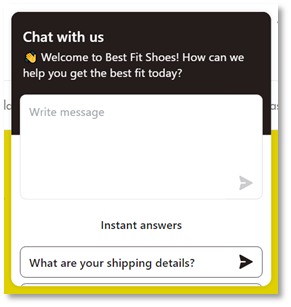
Starbuck’s Barista Bot, Netflix Chatbot, Amazon Customer Service Chatbot, IKEA Conversational Assistant, H&M Fashion Chatbot… all the giants give their customers a good conversation. What can you get and what should you consider when setting out on the journey of a dialogue?
Harnessing the Power of Real-Time Interactions
Conversational marketing thrives on real-time interactions. Here’s how these immediate responses can supercharge your marketing strategy:
- Boosting Engagement: Real-time conversations, whether through live chat on your website or direct messaging on social media, can significantly enhance customer engagement. Let’s look at a popular meal kit delivery service, HelloFresh. They used social media channels to host live Q&A sessions about their meal kits, recipes, and dietary plans. These engaging sessions led to a 22% increase in their social media follower engagement rate. HelloFresh now have a large following on social media (here is their Insta & their Twitter). Their live Q&A sessions are informative and interactive, and they give customers a chance to ask questions and get answers directly from HelloFresh experts. This makes customers feel like they are part of the HelloFresh community, and it helps to build trust and loyalty.
- Increasing Conversions: Instantaneous responses enable customers to get their queries answered promptly, thereby reducing purchasing barriers. For instance, Warby Parker, an online eyewear retailer, saw a 25% increase in conversions after implementing a chat function that provided immediate eyewear recommendations based on customer’s face shape and prescription. In addition to the 25% increase in conversions, Warby Parker also saw a 10% increase in customer satisfaction after implementing the chat function. This shows that the chat function is not only effective at increasing conversions, but it also helps to improve the customer experience.
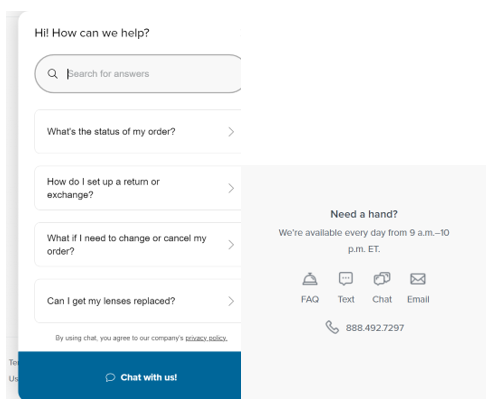
- Improving Customer Satisfaction: An online clothing store Style Loft noted a 15% increase in customer satisfaction scores post the inclusion of a live chat for real-time support, proving how swift resolutions can greatly enhance customer experience.
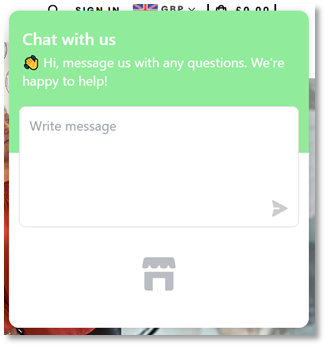
In the end, the effect is typically multifold, like in case of GeoSLAM.
- Conversion rate: The chatbot increased GeoSLAM’s conversion rate by 25%. This means that for every 100 website visitors who interacted with the chatbot, 25 of them converted into leads.
- Lead quality: The chatbot also improved the quality of GeoSLAM’s leads. The chatbot was able to qualify leads more effectively, which meant that GeoSLAM’s sales team was able to spend more time with high-quality leads.
- Customer satisfaction: The chatbot also improved customer satisfaction. Website visitors who interacted with the chatbot were more likely to rate their experience as “excellent” or “good.”
- Additionally, the chatbot was able to answer 90% of website visitors’ questions without having to escalate to a human agent.
- The chatbot was able to qualify 70% of leads as “hot” or “warm.”
- And finally, it received a 4.5 out of 5-star rating from website visitors!
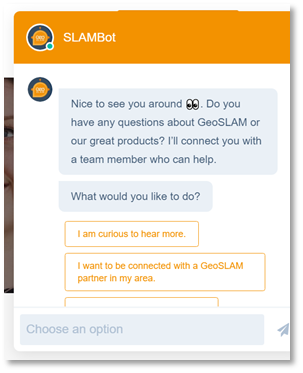
Integrating AI and Chatbots in Your Strategy
AI-powered chatbots are at the forefront of conversational marketing, providing instant responses and managing multiple queries simultaneously. However, it’s crucial to maintain a balance between automation and the human touch. Here’s how you can use AI and chatbots effectively:
- Personalized Conversations: Who doesn’t know Sephora? The cosmetics retailer uses its chatbot to offer personalized beauty recommendations based on customers’ skin tone, hair type, and previous purchases. This personalized interaction led to an increase in sales of 11%. Sephora currently uses 3 chatbots. They are:
- Sephora Reservation Assistant on Facebook Messenger: This chatbot helps customers book makeover appointments at Sephora stores.
- Sephora Virtual Artist on Facebook Messenger: This chatbot helps customers find the perfect shade of foundation or lipstick.
- Sephora Kik Bot on Kik: This chatbot helps customers find products, answer questions, and make purchases.
- Human Escalation: Make sure your chatbot can recognize when a customer issue requires human intervention. Qantas, a global airline, successfully integrated their chatbot, Qantas Bot, to handle basic queries like baggage allowances and flight statuses on Facebook Messenger, but ensured complex queries about refunds and cancellations were swiftly transferred to a human agent.
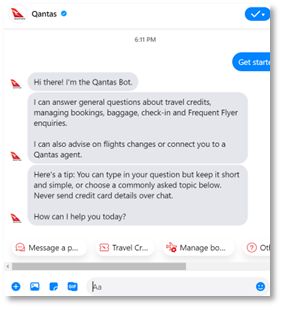
- Continual Learning: Google, Salesforce, Adobe, IBM, and many other giants are all using conversational marketing to improve their customer experience, develop better products and services, and target advertising more effectively, which results in higher engagement and customer satisfaction.
Building Meaningful Relationships through Conversational Marketing
Conversational marketing is more than just a tool—it’s a relationship builder. By engaging in meaningful dialogues, businesses can create a bond with their audience, which in turn can increase loyalty, advocacy, and growth.
To make the most of conversational marketing:
- Listen Actively: Glow Cosmetics customer feedback from their live chat to identify that customers often struggled to choose the right shade of foundation. As a result, they implemented a virtual try-on feature on their website, enhancing user experience.
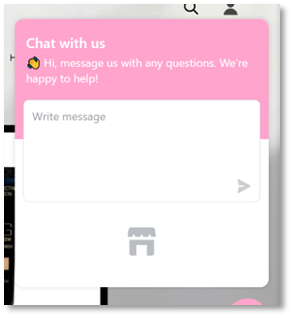
- Provide Value: Make sure your conversations are more than just talk. HikeOn Travel and Trek, an adventure travel agency, not only answers customer queries through their live chat but also provides personalized trekking and travel advice.
- Be Authentic: Sweetgreen, a fast-casual restaurant chain that specializes in salads and bowls, was founded in 2007 and has since grown to over 100 locations across the United States.
Sweetgreen uses its direct messaging platform on social media to share behind-the-scenes stories about its food, its employees, and its mission. The company also uses DMs to answer customer questions, gather feedback, and promote special offers.
This has helped the company to foster an authentic relationship with its customers. Customers appreciate being able to connect with the company on a personal level and to get a behind-the-scenes look at how Sweetgreen operates.
The Chatbot Advantage
Let’s summarize what you can have a chatbot do for you while talking to your customers:
- Upsell and cross-sell products. Chatbots can be used to suggest additional products or services to customers who are already in the buying process. For example, a chatbot could ask a customer if they would like to add a warranty or protection plan to their purchase.
- Provide personalized customer service. Chatbots can be used to provide personalized customer service by remembering a customer’s past interactions and preferences. For example, a chatbot could greet a customer by name and ask if they have any questions about their previous order.
- Generate leads. Chatbots can be used to qualify leads and gather information about potential customers. For example, a chatbot could ask a user questions about their business needs, pain points, and budget. This information can then be used to qualify the lead and determine if they are a good fit for your business’s products or services.
- Collect feedback. Chatbots can be used to collect feedback from customers about their experience with a business. This feedback can then be used to improve the business’s products, services, and overall customer experience.
- Drive traffic to a business’s website or social media pages. Chatbots can be used to drive traffic to a business’s website or social media pages by sharing links and inviting users to follow the business.
In conclusion, conversational marketing is now seen as a seismic shift towards more personal and engaging customer interactions. With the right strategy, it can revolutionize your marketing efforts and foster robust and long-lasting customer relationships. Let’s have a conversation!












